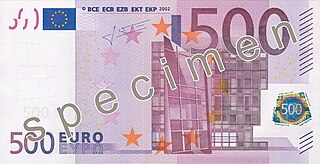Payroll tax is a reverse tariff: an inland payroll tax feeds into prices of locally produced goods and services, including those intended for export, but exempts imported goods and services up to the point of importation. In contrast, a Value-Added Tax (such as Australia’s GST) is border-adjusted so that it captures the value added to locally consumed goods and services, including the value added to imports up to and beyond the point of importation, but excludes exports. Hence, if payroll tax is replaced by VAT in a revenue-neutral manner, exports become cheaper and imports become dearer, while local prices of local products (on average) stay about the same.
Because this price effect resembles that of a currency devaluation, cutting payroll tax while raising VAT has become known as fiscal devaluation. But to call it that is to sell it short because, unlike currency devaluation, it is not a zero-sum game.
. . .
Read the full article “Fiscal devaluation on steroids” at MacroBusiness — in case you missed it.



